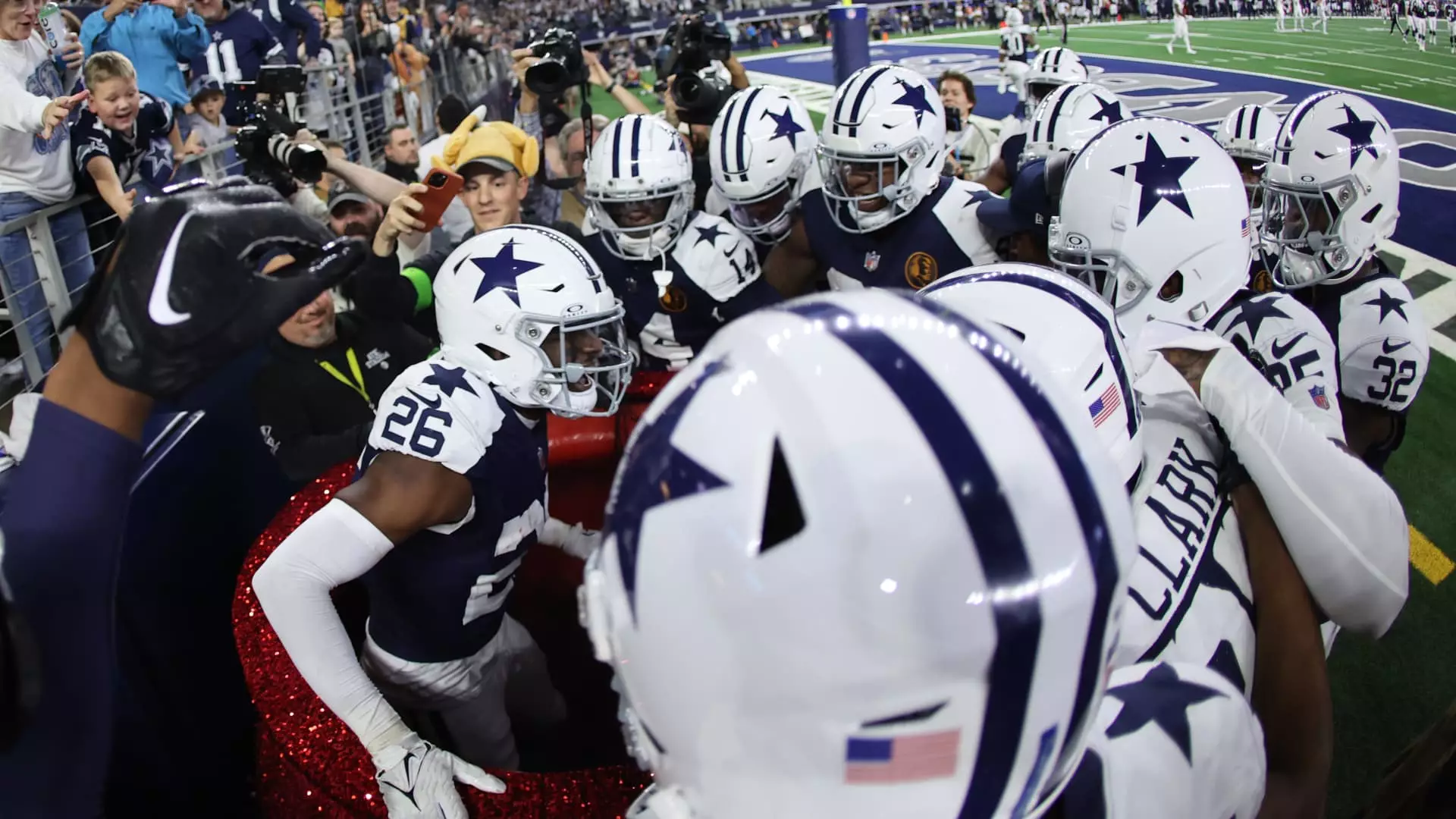When Jerry Jones acquired the Dallas Cowboys for $150 million in 1989, he inherited a struggling franchise that was losing $1 million a month. The team faced the challenge of filling empty seats and suites at Texas Stadium. Jones, an oilman who had borrowed heavily to purchase the team, wasted no time in implementing strategic changes on and off the field to turn the franchise into a profitable venture. Fast forward 35 years, the Cowboys are valued at a jaw-dropping $11 billion, a remarkable feat that has set them apart from any other team in the National Football League.
Strategic Decisions
One of the pivotal decisions Jones made early in his ownership tenure was shaking up the coaching staff. He controversially fired the legendary Tom Landry and brought in his college football teammate, Jimmy Johnson, to lead the team. Additionally, Jones orchestrated a groundbreaking trade that saw the departure of star player Herschel Walker in exchange for four players and multiple draft picks, ultimately leading to the acquisition of talents like Emmitt Smith and Darren Woodson. By 1992, the Cowboys were Super Bowl champions, marking the beginning of a golden era under Jones’ leadership.
Innovating Off the Field
Jones’s trailblazing strategies were not confined to the football field. He recognized the untapped potential of securing individual stadium sponsorship deals, a departure from the conventional revenue-sharing model with the NFL. In 1995, Jones became the first NFL owner to ink sponsorship agreements for Texas Stadium with major brands like American Express, Pepsi, and Nike, capitalizing on their rivalry with the league’s existing partners. These sponsorships have been a significant revenue source for the Cowboys, with projections indicating a record $250 million in sponsorship revenue for the franchise this year.
The unveiling of AT&T Stadium in 2009 marked a new chapter in the Cowboys’ revenue-generating endeavors. Jones secured a lucrative naming rights deal with AT&T, followed by a substantial extension with Molson Coors in 2021. While the city of Arlington technically owns the stadium, Jones holds the operating rights, enabling him to retain event revenue. This arrangement, coupled with his option to purchase the stadium for a nominal fee of $10, underscores Jones’s astute business acumen and his ability to maximize returns from the team’s home turf.
Beyond football, AT&T Stadium has become a multifaceted entertainment venue under Jones’s stewardship. Hosting a diverse array of events ranging from Monster Jam to professional boxing matches and college football championships, the stadium remains a hub of activity throughout the year. Jones’s foresight in capitalizing on non-football events has further solidified the Cowboys’ financial success, as he retains all proceeds from these additional attractions.
Despite the Cowboys’ prolonged Super Bowl drought since 1995, Jones’s enduring legacy as a pioneering figure in NFL economics cannot be denied. While facing criticism for failing to return the team to championship glory, Jones’s visionary approach to ownership has elevated the Cowboys to unprecedented financial heights. As the franchise’s value surged to $11 billion, reflecting a remarkable 73-fold increase from his initial investment, Jones’s impact on reshaping the economic landscape of the NFL stands as a testament to his enduring influence and legacy in the sports industry.

Leave a Reply